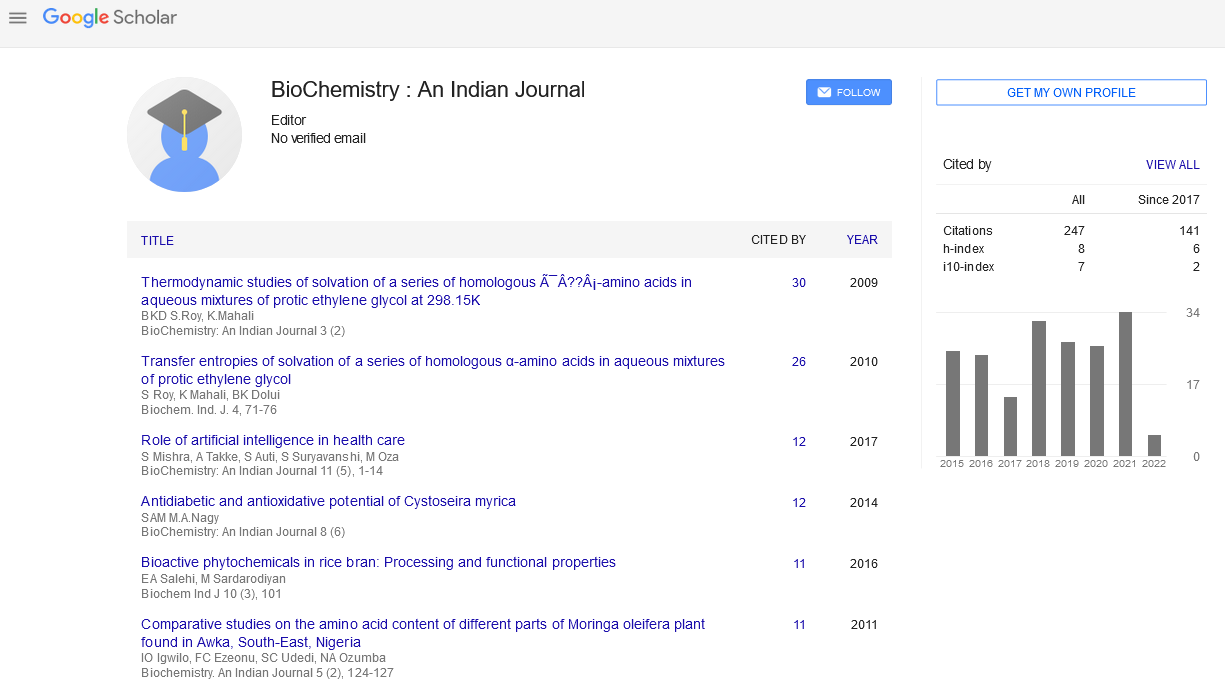Abstract
Human Reproductive Cell DNA Damage and Repair
Author(s): Diana SmithThe primary underlying paradigm of sexual reproduction is the development of sufficiently genetically distinct and high-quality male and female gametes that, after syngamy, result in embryos with genomic potential for future adaptive change and the ability to respond to selective pressure. Isogamy is defined as the fusion of distinct gametes that results in the production of a normal and viable embryo, and it occurs in tandem with precise structural, physiological, and molecular control of gamete function for species survival. The goal of this review is to highlight gamete genome organization, differences in gamete production chronology between males and females, inherent DNA protective mechanisms in these reproductive cells, the etiology of DNA damage in germ cells, and the remarkable DNA repair mechanisms that function to maintain genome integrity, both pre-and post-syngamy.

